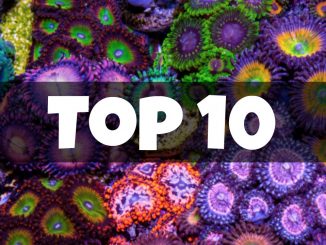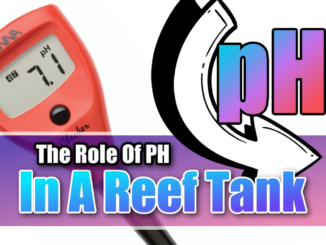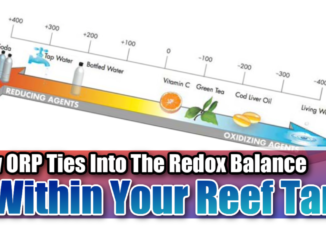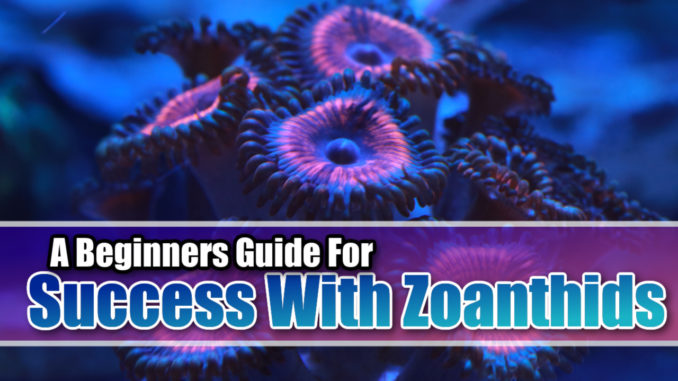
Zoanthids are often referred to as “button polyps” due to their button-like appearance. They are found in a wide range of colors and patterns and are popular among Reef keepers due to their vibrant appearance and ease of care.
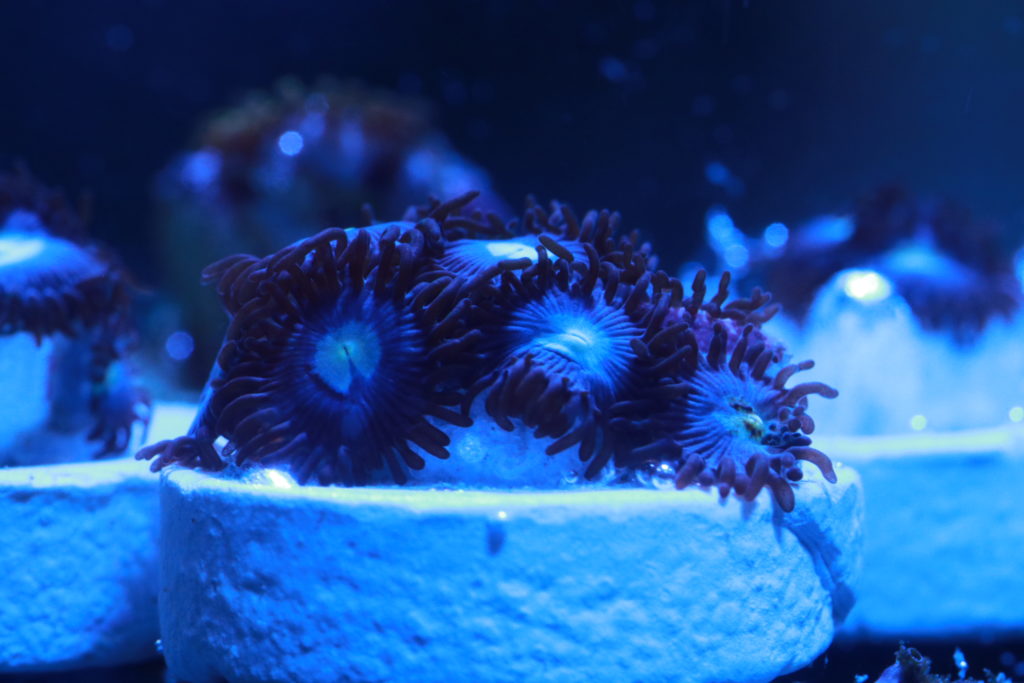
They have tentacles surrounding their mouth, which they use to capture small planktonic organisms. These tentacles also referred to as the skirt, can retract when disturbed or when they feel threatened.
Zoanthids are found in all of the world’s oceans, from shallow tropical reefs to deep sea habitats.
Zoanthids are known for their bright colors and striking patterns, which can range from solid colors to intricate designs.
Some species have fluorescent pigments that glow under ultraviolet light. The colors of the zoanthid can be influenced by the lighting conditions and water parameters in their environment.
Habitat and Distribution: Zoanthids are found in all of the world’s oceans, from shallow tropical reefs to deep sea habitats. They can attach to a variety of surfaces, including rocks, shells, and the skeletons of dead corals. Some species are known to form large colonies that can cover large areas of the substrate.
How to Care for Zoanthids
Zoanthids are generally easy to care for and can thrive in a range of aquarium setups. They require moderate to high lighting and moderate water flow. In terms of water parameters, they prefer stable reef tank parameters such as pH of 8.1-8.4, salinity of 1.023-1.025, and a temperature range of 72-78°F (22-26°C).
Feeding Zoanthids
In the wild as well as in reef tanks, zoanthids obtain their nutrition from photosynthesis (in the case of species with symbiotic zooxanthellae) and from capturing small planktonic organisms with their tentacles.
It is important to feed zoanthids appropriately to ensure that they receive enough nutrition to maintain their health and vibrant coloration. Here are some tips for feeding zoanthids in a reef aquarium:
- Feed once a week: Zoanthids do not require frequent feedings, and overfeeding can lead to poor water quality in the aquarium. A feeding once a week is sufficient. We Use Red Sea AB+.
- Target feed: Target feed the zoanthids with a turkey baster or pipette, directly over the polyps. This will ensure that the food goes to the zoanthids and not to other tank inhabitants.
- Use small meaty foods: Feed zoanthids small meaty foods, such as brine shrimp or mysis shrimp. You can also feed them small pieces of fish or shrimp.
- Use phytoplankton: Zoanthids can also be fed phytoplankton, which contains the necessary nutrients for photosynthesis. Phytoplankton can be added to the water column or directly fed to the zoanthids.
Zoanthid Placement
When it comes to placement, there are a few things to consider to ensure that the zoanthids thrive in their new environment. Here are some tips for placing zoanthids in a reef aquarium:
- Water flow: Zoanthids require Low to moderate water flow to help distribute food and oxygen throughout the colony. Ensure that the water flow is not too strong, as this can cause the polyps to detach and float around the aquarium or even close completely.
- Lighting: Zoanthids require low to moderate lighting levels to maintain their vibrant coloration. However, they can be sensitive to intense lighting, so be sure to acclimate them slowly if you have high-powered lights.
- Location: Zoanthids can be placed in a variety of locations in the aquarium, including on the substrate, on live rock, or on frag plugs. It’s important to ensure that the placement allows for adequate space between corals.
Zoanthids PAR Requirements:
PAR stands for Photosynthetically Active Radiation, which is the measurement of light energy that is available to photosynthetic organisms, including corals and zooxanthellae (the symbiotic algae that live inside coral polyps). It is typically measured in micromoles per square meter per second (μmol/m²/s).
The Ideal PAR range for zoanthids can be broad. We have had success keeping (and growing) zoanthids in a PAR range of 75-200 PAR.
Hazards, And Handling Zoanthids With Care
While zoanthids are generally safe to handle and keep in an aquarium, they do contain toxins called palytoxin that can be harmful to humans and other animals.
Zoanthids should be handled with care and caution, as they contain toxins that can be harmful to humans and other animals. Here are some tips for handling zoanthids safely:
- Wear gloves: When handling zoanthids, it is recommended to wear gloves to protect your skin from the toxins that they contain.
- Wear safety glasses. Zoanthids have been know to squirt when removed from the water.
- Avoid direct contact: Try to avoid direct contact with zoanthids, especially if you have cuts or open wounds on your skin. The toxins can cause skin irritation and other health issues.
- Handle gently: Zoanthids are delicate creatures, so handle them gently to avoid damaging them. Avoid pulling or tearing them from their substrate or rocks.
By following these tips, you can safely handle and enjoy the beauty of zoanthids in your reef aquarium.
The toxins can be released when the zoanthid is stressed or damaged, and can cause skin irritation, respiratory problems, other health issues and even death. It is important to handle them with care and avoid exposing them to air or direct sunlight, as this can cause them to release toxins.
Zoanthids are a popular and colorful addition to reef aquariums, prized for their vibrant appearance and ease of care. However, they should be handled with care and caution, as they do contain toxins that can be harmful to humans and other animals. For more on Zoanthid Care check out our other articles here on Mad Hatter’s Reef Tank.


